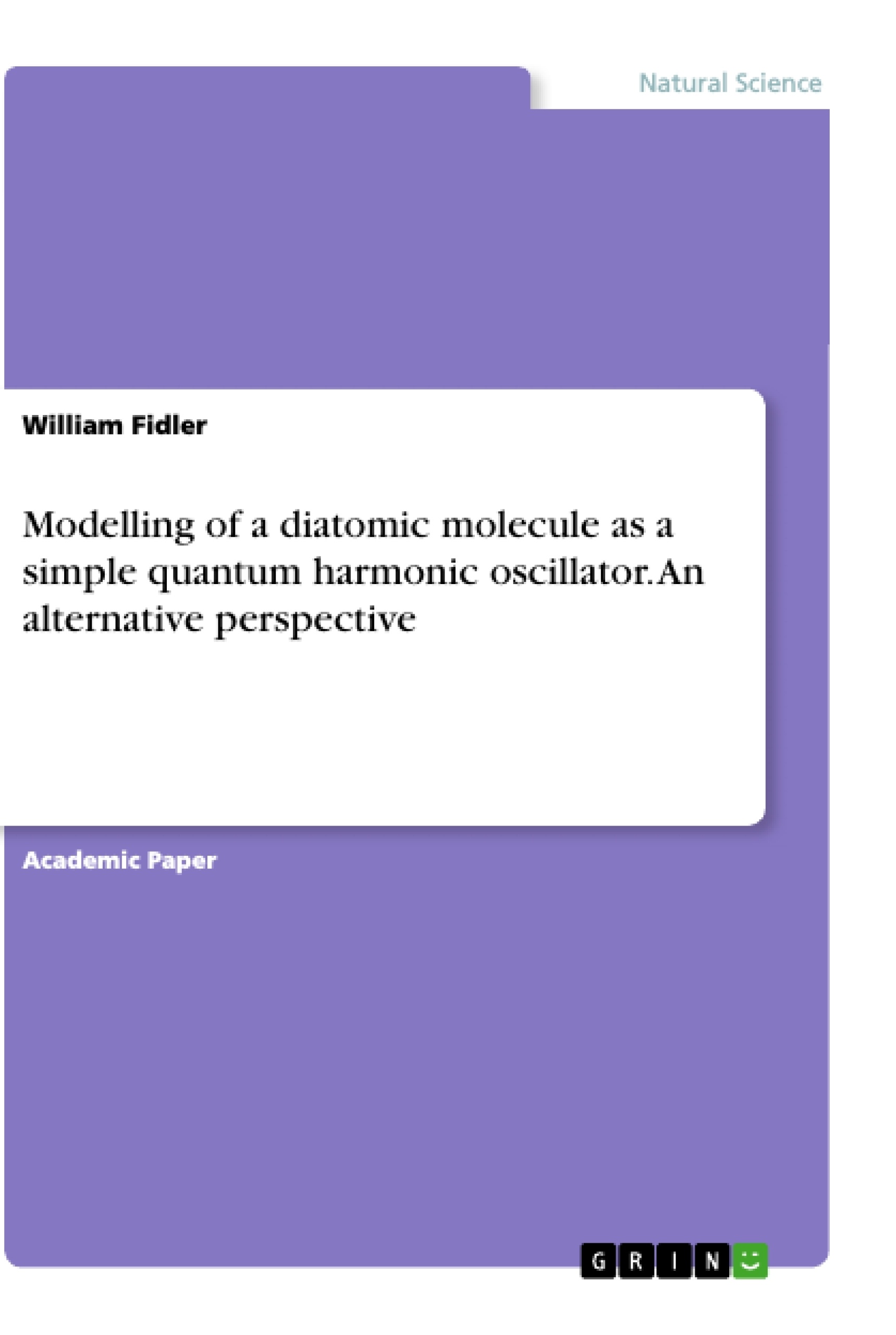In this paper, a diatomic molecule is modelled as a simple quantum harmonic oscillator. The conventional solution of the Time-Independent Schrödinger equation (TISE) yields the wave function as the product of a Gaussian and Hermite polynomials.
It is argued that the limits set for the vanishing of the wave function in the conventional solution are inappropriate for the modelling of a diatomic molecule by such an oscillator; instead, we posit that the wave function vanishes at the limits of the excursions of the mass centres of the atoms from their equilibrium positions. It is shown that the energy eigenstates for the model developed here are given by: E = hv[ 1 + (n pi/4)^2], where the symbols have their usual connotation.
- Quote paper
- William Fidler (Author), 2021, Modelling of a diatomic molecule as a simple quantum harmonic oscillator. An alternative perspective, Munich, GRIN Verlag, https://www.grin.com/document/1146737
-

-

-

-
Upload your own papers! Earn money and win an iPhone X. -

-
Upload your own papers! Earn money and win an iPhone X. -

-
Upload your own papers! Earn money and win an iPhone X. -

-
Upload your own papers! Earn money and win an iPhone X. -

-
Upload your own papers! Earn money and win an iPhone X. -

-
Upload your own papers! Earn money and win an iPhone X.

